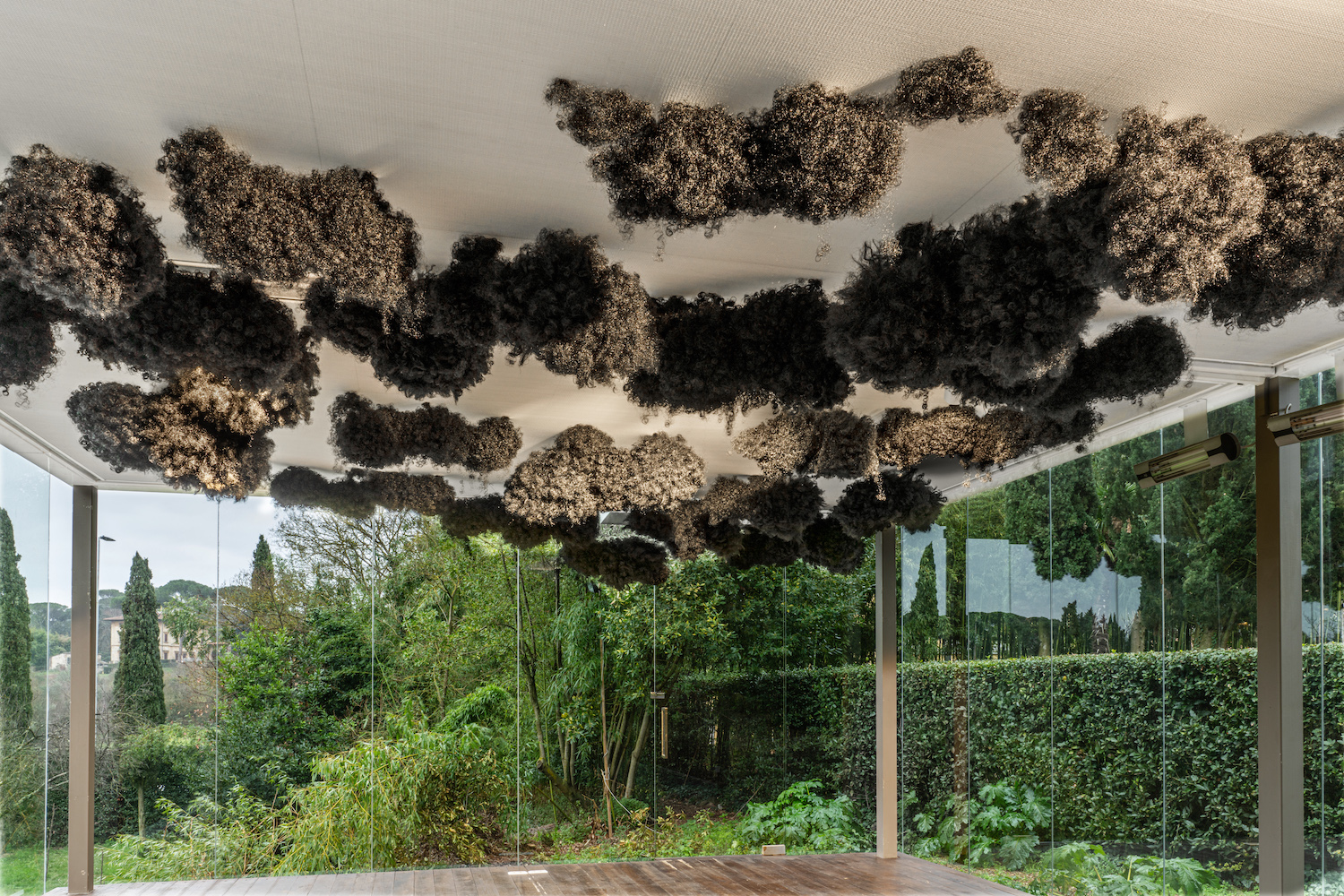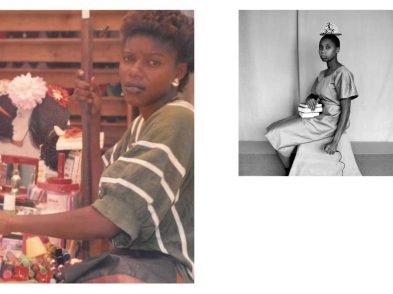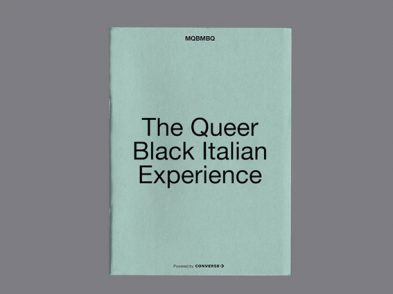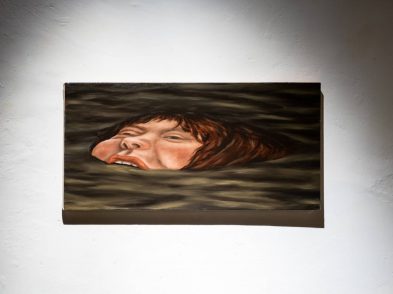If we are paying attention, we note that each month is marked by new violence inflicted upon Black bodies. September in the United States brought us Jacob Blake, shot in the back in front of his family, sparking another spike in the uprisings that have been in the streets of multiple cities since the murder of George Floyd. This shooting was rendered more painful by the subsequent murders of two protestors against police violence at the hands of a 17-year-old. The stark contrast between the unarmed Blake, shot seven times and miraculously living to speak to those rallying around his shooting, and that of Kyle Rittenhouse, who walked past the police with his assault rifle, driving home before being apprehended, was hard to overlook even for the most skeptical. Added to this are the ongoing cries of justice for Breonna Taylor. All of this in a period of political inquiry and tireless activism leading up to an important presidential election with the sitting president attacking critical race theory and calling its teaching a form of abuse.
In Italy, this same moment was marked by the murder of Willy Duarte Monteiro, beaten to death in a suburb of Rome, igniting the cries of “justice for Willy”. Deepening the grief and illuminating how much work needs to be done was the hateful response of the family of Monteiro’s murderers. It is too frequently the case that Black people not only have to be confronted with the trauma of racialized violence, but also be the recipients of responses to this violence that downplay its implications. A right-wing Italian crusade demonizing political correctness and the movement for Black Lives complete the picture.

Sky, Sonia Elizabeth Barrett, 2020. (At Villa Romana curated by BHMF) Photo: Ela Bialkowska/ OKNOstudio
This moment has also been marked with signals of resistance with an art-based resistance group called the Wide Awakes using art as activism in the USA and in Italy a debate around racism in Italian fashion, the collectivizing of migrant workers, the naming of a metro stop in Rome after the Black Italian resistance fighter Giorgio Marincola and a forthcoming protest around access to citizenship scheduled for October 3 in Rome.
In Florence, a conversation has been initiated to engage in a more generous commemoration of Black Florentine resistance fighter Alessandro Sinigaglia. Sinigaglia’s legacy, offspring of an African American mother and an Italian Jewish father, may help us to intimate a cultural bridge between the two aforementioned sites of unrest and uprising. The ongoing reflection about monuments pushes us to reconsider the significance of commemoration. If we intend for monuments to be sites of educational exchange, healing and learning, perhaps we need to begin using them in that way.
Sinigaglia sheds light on the implications of the grim political atmosphere of Florence under the Fascist regime in a letter sent once he had fled Italy against the backdrop of the imprisonment and assassination of his peers stating, “Oh, How happy I am… to have lived this life and to have had the opportunity to learn and examine so many things that once seemed dreams that not even our imaginations could have reached!”
In last month’s column, we hosted a series of reflections from several of the Black Italian activists in our network. Here, we look to the words of activist and member of the Florence city council, Antonella Bundu, to pick up where we left off, sharing a fragment of her post from September 19.
“I read that the 23-year-old who commented on the killing of Willy, writing that he ‘enjoyed’ the death ‘of a chimpanzee’, has been tracked down and risks up to 8 years in prison.
When the leghista Boso (former senator) declared himself happy at the news of sunken boats with drowned men, women and children, or to shoot the migrants as soon as they crossed the border, or when the mayor of Treviso said to have the immigrants disguised as hares and then have them shot by hunters, how come they were not sentenced to a few years?
And if here in Tuscany we are afraid that it could end up governed by people like this, it means that a poor job has been done, progressively, a poor job.
If we accept, even remotely, that people at the helm of such violent political forces can become part of the political dialectic, it really means that we have lowered the bar too far.
In 2019, among the candidates for mayor of the city, I found myself next to one who represents those who call themselves ‘fascists of the third millennium’. I find it unacceptable that this could happen in a gold medal city to resistance!
This, for me, shows how we must reverse the trend that makes us choose the ‘least worst’ to inevitably and progressively lead us towards the worst.
And since I have no desire to sacrifice even a tiny little piece of extra equity and justice, I will push for policies that put social and civil rights and the environment at the center of the debate, for all and everyone present and for the future to come.”
These powerful words may help to remind us that, for far too many in this world, to quote Jacob Blake from his hospital bed, “Every 24 hours is pain, it hurts to breathe, it hurts to sleep.” Resistance takes many forms and awareness is not enough. Black clouds are on the horizon, pregnant with possibility.








